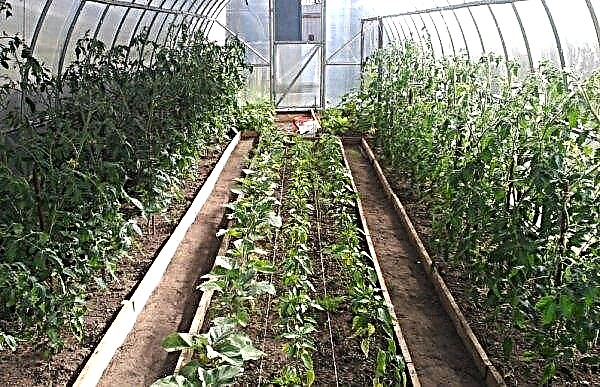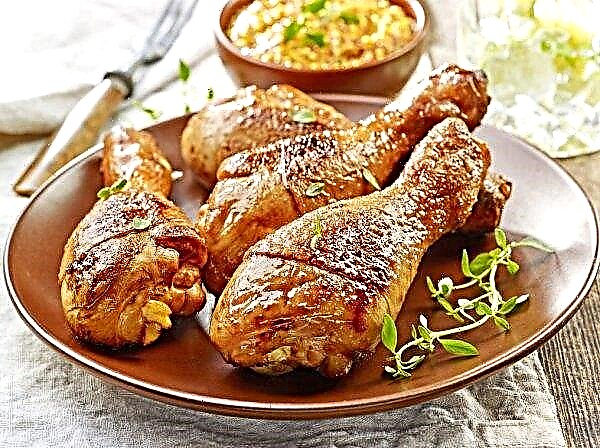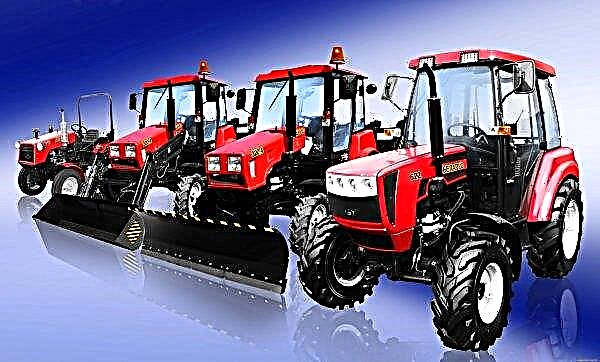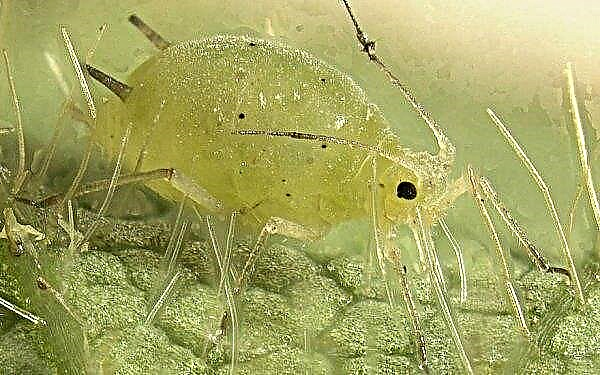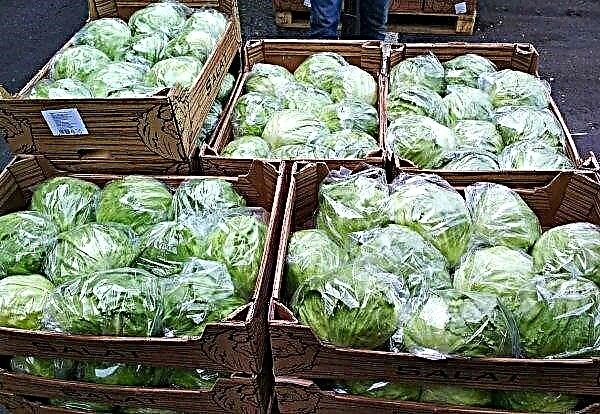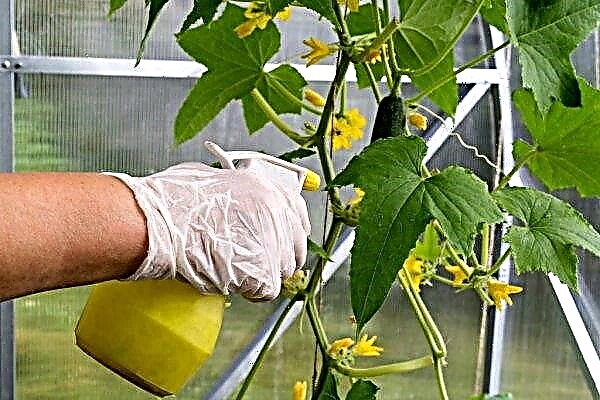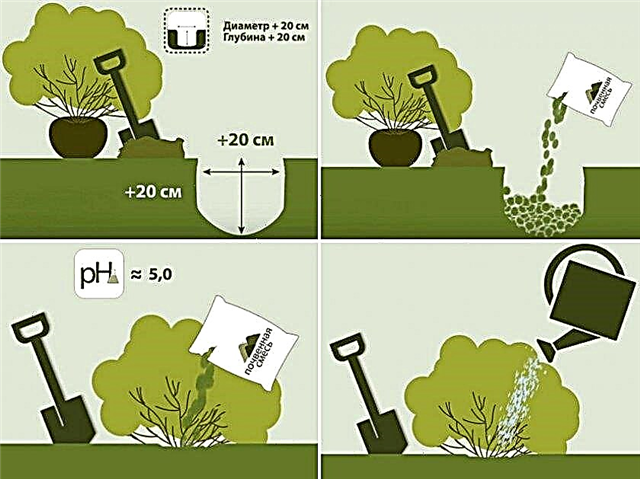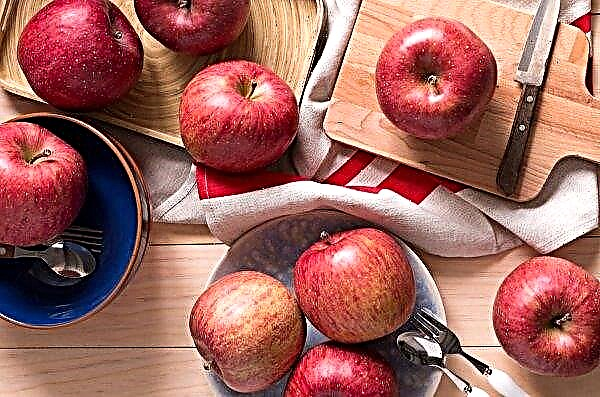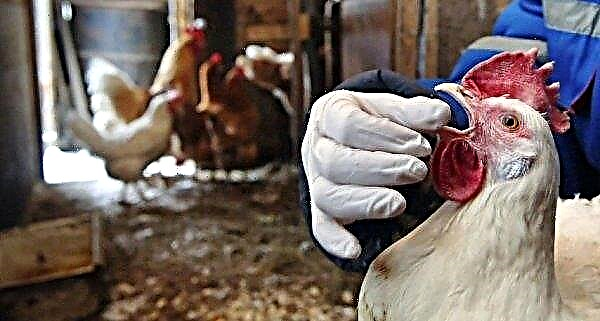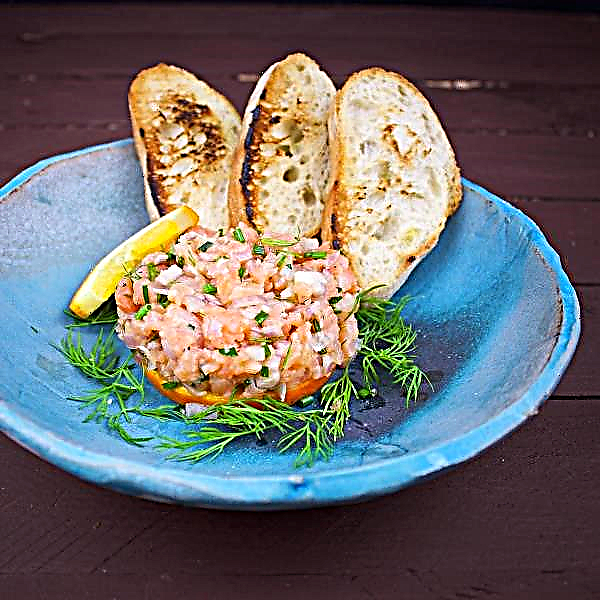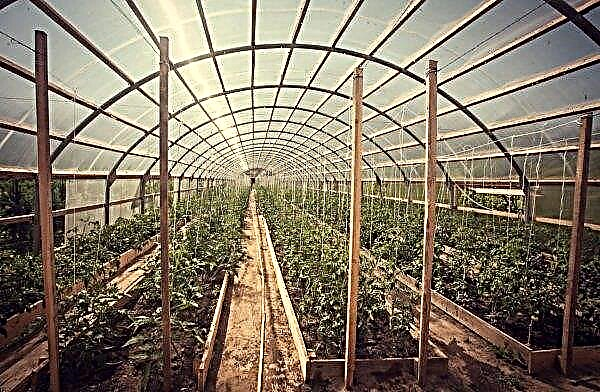The use of greenhouses that stand idle in winter for keeping chickens in them has proved to be a fruitful idea. Its embodiment became especially successful when using the polycarbonate polymer material. The winter content of chickens in a polycarbonate greenhouse will be discussed in the article.
Keeping chickens in the greenhouse in winter
The idea of equipping a greenhouse under the chicken coop in winter was quickly picked up and distributed everywhere. And the availability of frost-free, durable, transparent to light and good looking polycarbonate has become a good help in arranging such a room for the bird.
Did you know? The daily chick is already reflexes and level of development that he demonstrates the abilities that the child reaches only at the age of three.
Benefits
- Advantages of using a greenhouse in the form of a winter coop:
- there is an opportunity to significantly save money and area on the site, necessary for the construction of a separate house
- reliable protection of the bird from bad weather, frost and predators is created;
- chicken stock is preserved in the cold season;
- chicken droppings accumulate, which is collected in replaceable bedding, which are then suitable for composting, and also serves as an excellent fertilizer for plants in the summer.
Disadvantages
- To equip a greenhouse for a winter chicken coop, you can’t do without some hassle:
- a polycarbonate greenhouse must be insulated, which entails certain costs;
- inside you will have to build perches, nests, feeders and drinking bowls;
- in spring, all this must be dismantled and a place to store it found.

Arrangement of a greenhouse under the chicken coop for the winter
If there is a greenhouse on the plot, arranging it for a chicken coop is not so difficult. Basically, it needs to be insulated and equipped inside with feeders, drinking bowls, perches, nests and, if necessary, forced ventilation and heating.
Did you know? The notorious "chicken brains", however, allow the laying hen to remember more than a hundred human faces and, from 10 meters, correctly recognize the owner among other people.
Materials and tools for work
To use a polycarbonate greenhouse as a chicken coop, you will need such tools and materials:
- saw for wood;
- hacksaw for plastic;
- screwdriver;
- hammer;
- gun for using sealant;
- nails
- rubberized gaskets;
- thiol or polysulfide mastic;
- polycarbonate sheets up to 4 mm thick;
- wooden bars of circular cross section or poles;
- polystyrene 5 cm thick;
- lutrasil;
- boards for the construction of chicken nests and a ladder leading to perches;
- electric wires;
- electric bulbs;
- electrical outlets.
DIY chicken coop from the greenhouse: video
Step-by-step instruction
To equip a greenhouse for a winter coop, you must:
- To prevent drafts with rubberized gaskets, close all cracks in the joints of the structure.
- Gaps between polycarbonate sheets to eliminate with sealant in the form of thiokol or polysufid mastic.
- In areas with a cold climate, insulate the room from the inside with a second layer of polycarbonate up to 4 mm thick or with a bubble film.
- Dig out the foundation and cover it with 5 cm thick foam plates.
- Tighten the polycarbonate walls from the inside with Lutrasil to prevent the formation of condensation and for additional insulation.
- Run electrical wiring in the greenhouse for lighting, heating and forced ventilation.
- Inside, place perches of round timber or poles at the rate of 25 cm per bird. Perches are higher, as warm air rises. A ladder or wooden ladder should lead to them.
- For laying hens, make nests in the form of drawers 30x40x30 cm in size with a mesh bottom covered with sawdust or hay. Nests are located in the least lit part of the room.
- Install racks for dry and wet food raised above the floor.
- Install an automatic nipple or vacuum drinker.
Important! Outside, with sufficient strength of the frame of the greenhouse, snow is a good insulation.
How to grow chickens in the winter in the greenhouse
To ensure that chickens, wintering in the greenhouse, feel comfortable in it, you must follow simple rules.
The basic rules of wintering
They are as follows:
- The temperature in the house should not fall below +10 ° C, and for laying hens, the minimum temperature is +15 ° C. On frosty days, it can be supported with infrared lamps. Moreover, for every 10 square meters. m of the greenhouse is enough one lamp with a capacity of 500 watts.
- Daylight hours should be artificially maintained for at least half a day to ensure high egg production of hens at the rate of 1 lamp per 20 watts for every 10 square meters. m
- The floor should not be cold, for which it is covered with an insulating litter of hay, straw or peat at least 10 cm high.
- Usually in such greenhouses for every 10 square meters. m there are two vents for ventilation. But in winter, in windy and frosty weather, they can’t be used, and therefore forced ventilation is created in the greenhouse used for the house, creating air movement not exceeding 2 m / s.
Feeding chickens
In winter, hens lose their green mass, seeds of various plants and insects, to which they had access during walking in the warm season. All this has to be compensated by balancing the feed, which is given to hens four times a day in winter and consists of:
All this has to be compensated by balancing the feed, which is given to hens four times a day in winter and consists of:
- cereals represented by oats, wheat, rye, crushed corn and barley;
- mixtures of boiled and mashed potatoes with flour;
- mixers of crushed grains, steamed vegetables and mineral additives as crushed shells, dried egg shells and chalk crumbs;
- bran with fortified dressing;
- hay flour;
- protein supplements consisting of fish and meat waste, cottage cheese, steamed peas and beans.
Important! Layers should not be given a lot of feed to avoid obesity, leading to a drop in egg production.
As in summer, in winter, hens should not be given as food:
- bakery products that swell in the stomach and disrupt the digestive tract;
- sausages, poultry harmful substances;
- sweet foods that provoke obesity;
- raw potatoes containing poisonous solanine;
- stale foods that can cause poisoning.
Since the temperature in the greenhouse, where hens live in winter, cannot be lower than +10 ° С, the water should not be colder than this temperature.
How to keep a chicken coop clean in winter
The main concern in the sanitary plan is to prevent litter from entering feed and water in feeders and drinking bowls and timely processing of bedding on the floor. For this, automatic nipple and vacuum drinkers are installed that protect drinking water from contact with fluff, feathers and bird droppings.
The arrangement of feeders raised above the floor and designed in such a way that birds can only stick their heads into them also contributes to the hygienic rules for feeding chickens.
Litter material is usually made from:
- straw:
- hay;
- sawdust;
- peat;
- wood shavings;
- chaff.
The most practical bedding material is peat, which can absorb liquid waste that exceeds its own weight by 20 times. As for litter replacement, here poultry farmers practice two approaches. Some change the litter or all of it completely, or its upper part twice a month.
Others leave the old litter in place, supplementing it with a fresh layer poured over the old one. The meaning of this is that the lower layers of the litter, impregnated with litter, begin to shine, while generating heat (up to +40 ° C): for a winter house this is a big plus. Recently, Net-Plast enzymes mixed with non-replaceable bedding have been increasingly used. As a result of fermentation, the bacteria not only accelerate the processes of decomposition in the litter and the release of heat, but also noticeably muffle the unpleasant odor in the greenhouse.
Recently, Net-Plast enzymes mixed with non-replaceable bedding have been increasingly used. As a result of fermentation, the bacteria not only accelerate the processes of decomposition in the litter and the release of heat, but also noticeably muffle the unpleasant odor in the greenhouse.
Walking organization
In winter, bird walks in the fresh air are required. This is best done in sunny weather and in the absence of frost.
Important! A temperature below –10 ° C is undesirable for walking chickens, as it is fraught with frostbite of the paws and a cold.
Usually in winter, chickens walk in the fresh air for no longer than 2 hours. The walking area is lined with hay or used bedding from the house.
What affects the laying of chickens in winter
Usually in winter, a decrease in egg production is affected by:
- natural bird biorhythms;
- low temperature;
- decrease in daylight hours;
- decreased motor activity, provoking obesity;
- vitamin deficiency.
However, all this, with the exception of natural biorhythms, is regulated by humans, as a result of which almost the entire winter period manages to get a full number of eggs from laying hens.
Possible diseases and their treatment
In winter, chickens are susceptible to diseases that result from:
- colds
- infections
- injuries, poisoning;
- the activity of parasites.
Most often in winter, hens suffer from:
- Laryngotracheitis, which is an infectious disease and manifested in immobility, a drop in egg production, hoarse breathing, the formation of conjunctivitis. Infectious laryngotracheitis is treated with Tromexin, which is given at the very beginning of the disease in an amount of 2 g diluted in a liter of water, and then 1 g dissolved in a liter of water until the chicken heals completely.
- Bronchopneumonia, which is bronchial inflammation and manifested in hoarse breathing, inactivity, runny nose, loss of appetite. For treatment, spraying is used in the chicken house of Ashpiseptol, as well as doses of Terramycin or Norfloxacin determined by the veterinarian. As preventive measures, compliance with the recommended temperature regime and acceptable humidity level in the house is made.
- Pullorosabeing chicken typhoid and affecting the intestines of chicken. The disease manifests itself in a sharp decrease in appetite, fever, and diarrhea. Treatment consists of taking sulfonamide drugs throughout the week.
- Colibacillosisaffecting the entire chicken herd and affecting primarily the lungs of birds. The disease manifests itself in lethargy, fever, a sharp deterioration in appetite, hoarse breathing, severe thirst. The treatment consists of taking Sarafloxaline, Enrofloxacin and Ampicillin, the dose of which is determined in each case by the veterinarian.
- Salmonellosis, which is a disease transmitted by Salmonella bacteria and affecting the internal organs of a chicken. The disease manifests itself in chicken apathy, loss of appetite, difficulty breathing, lameness. In the treatment of the disease, “Sulfanilamide”, “Biomycin”, “Chloramphenicol”, “Tetracycline”, “Chlortetracycline” are used.
 The idea to use an idle greenhouse in the cold season in the form of a house for the winter keeping of chickens is finding more and more of its supporters and followers. With a little retrofitting, the polycarbonate greenhouse becomes an excellent home for wintering layers.
The idea to use an idle greenhouse in the cold season in the form of a house for the winter keeping of chickens is finding more and more of its supporters and followers. With a little retrofitting, the polycarbonate greenhouse becomes an excellent home for wintering layers.


